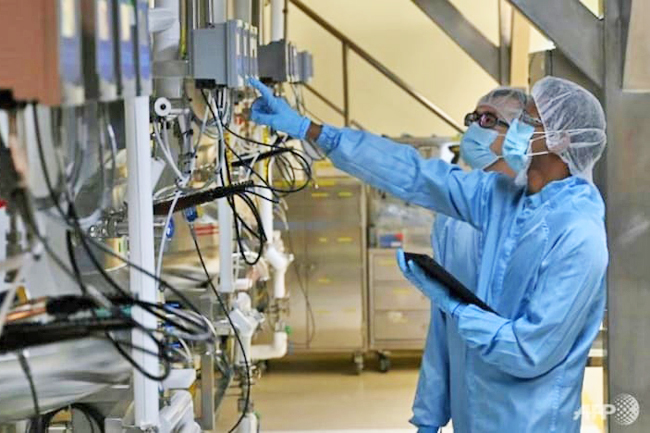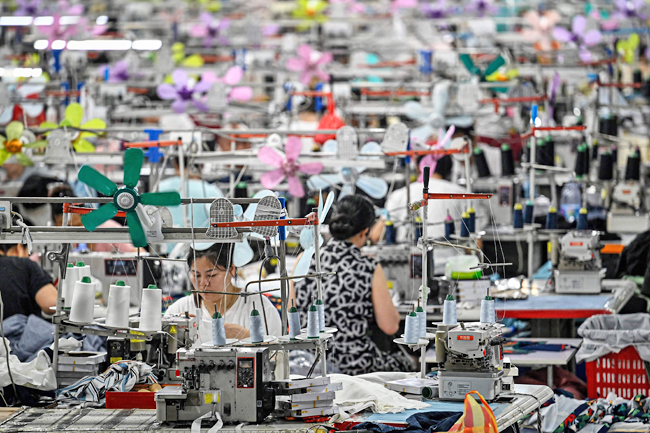AFP – Nintendo fans excited over the upcoming Switch console said yesterday they were disappointed by the high price tag, as United States (US) tariffs bite.
The Japanese video game giant revealed details about the Switch 2 on Wednesday, announcing an update to the hugely successful 2017 original that has sold over 150 million units.
But shares in the Kyoto-based company tanked nearly six percent following the announcement, partly because the recommended retail price – USD449.99 in the US, GBP395.99 in Britain and EUR469.99 in France – is at least a third more than its predecessor.
Shares closed down 3.3 per cent in the wake of US President Donald Trump’s sweeping levies.
These include 46 per cent on Vietnam and 49 per cent on Cambodia – countries where Nintendo has reportedly shifted an increasing share of its production in recent years. The Switch 2 games, including Donkey Kong Bonanza, Kirby Air Riders and Mario Kart World, will cost EUR80-90 (USD86-USD97).
“I will buy it, but maybe not when it’s released,” 33-year-old data analyst Felix Sorge told AFP in Tokyo. “It’s quite expensive in comparison to the old one.”
Industry research firm Niko Partners poured cold water on the idea of waiting for a discount, however.

“We do not expect a price drop for the Switch 2 within its first five years given continued uncertainty around reciprocal tariffs, global trade and higher component costs,” it said.
The original Switch was an all-ages hit thanks to its hybrid concept, which allows players to use it on the go and connect to a TV. The new version retains many of its features, including detachable Joy-Con controllers.
What’s new is a C button that activates GameChat – allowing users to speak with one another while playing.
“Even when you’re apart, you can play games and hang out as if you were together in the same room,” Nintendo said.
The Switch 2, which will be released on June 5, will have eight times the memory of the first Switch at 256 gigabyte, and a 7.9-inch screen up from 6.2 inches for the original. Its controllers, which attach with magnets, can also be used like a desktop computer mouse, a new functionality the company clearly hopes game developers will use.
A GameShare function will also enable users to share games with friends and temporarily play together.
A 21-year-old Japanese university student, Rio Narita, called the wider range of gameplay possibilities a big deal and said Sony’s PlayStation 5 console was also expensive.
“Given all these functions and the larger screen, it’s sort of unavoidable,” he said.
But student Sayaka Motoya, 18, said the price was “tough for younger people or those who don’t have much money”.
Nintendo offered a glimpse of the hotly anticipated new console in mid-January, ahead of the live presentation Wednesday.
“The Switch 2 is more of an iteration than a reinvention of the wheel,” Niko Partners said.
Despite recent diversification efforts into movies and theme parks, Nintendo’s core business still relies on video games.
The company could sell around 19 million units in 2025 and 21 million the following year, Toyo Securities estimated.










